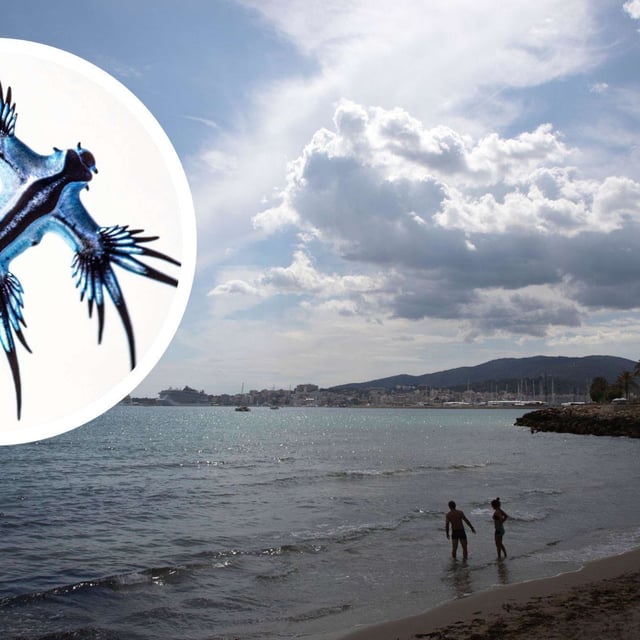Overview
- Researchers Gádor Muntaner and César Canudas documented the first Mallorca sighting of Glaucus atlanticus since 1705 during a July 4 sailing trip
- The pelagic nudibranch measures just 3–5 cm and uses wing-like appendages to drift while storing toxins from prey such as the Portuguese Man o’ War
- Marine authorities have warned beachgoers to avoid handling the slug and to rinse any stings with seawater without rubbing to minimize pain
- Experts classify the appearance as an isolated influx event driven by currents or winds rather than proof of a breeding population
- Some researchers suggest warming waters may spur sporadic arrivals, but there is no evidence of ongoing Mediterranean establishment
